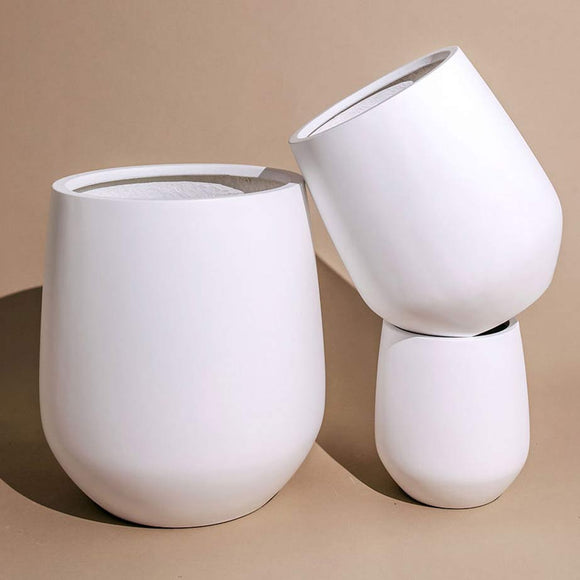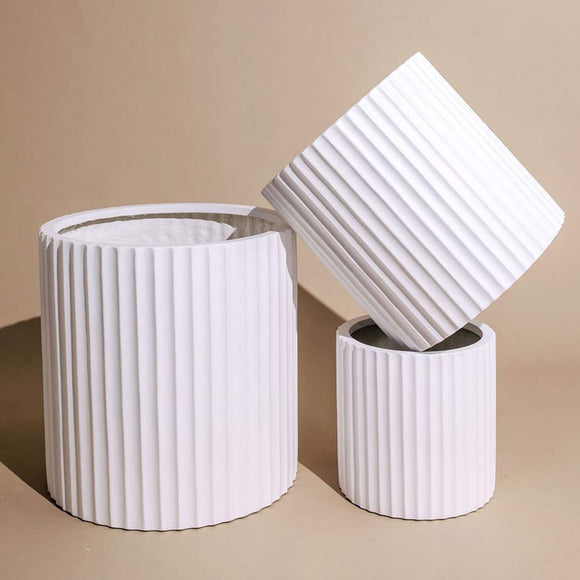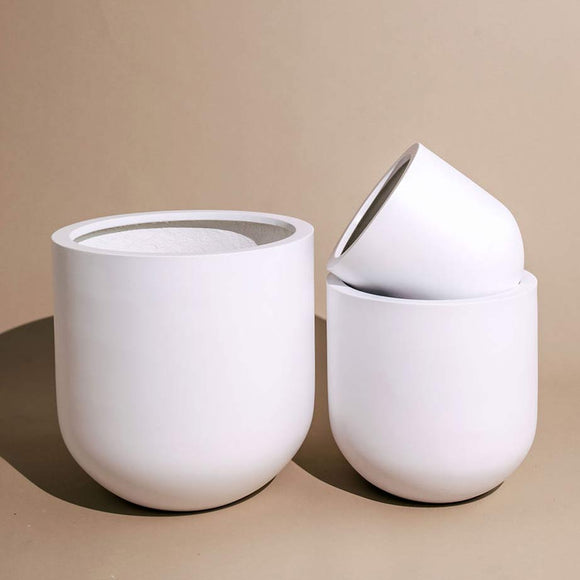Triple the Impact: How the Rule of Threes Elevates Your Design Game

The rule of threes is a fundamental principle in design, whether it be interior design or landscape architecture. It's a guideline that suggests grouping elements in threes to create balance, harmony, and visual interest. From sprucing up your living space, refining your garden, or planning architectural layouts, leveraging the rule of three can elevate your home's aesthetic appeal and comfort.
What is the Rule of Three?

The rule of threes is a design principle that involves grouping elements in sets of three to create visual balance and interest. It's based on the idea that three is the smallest number needed to establish a pattern, allowing for hierarchy, emphasis, and memorable compositions across various design disciplines rooted in human psychology and visual perception.

The simplicity of working with three elements allows for efficient and effective design solutions without overwhelming the viewer. Additionally, the rule of three provides a sense of psychological comfort and satisfaction, as three is a balanced and stable number that creates a sense of completeness and closure.
Implementing The Rule of Threes:
1. Garden Landscaping: Triad Planting

In garden design, the rule of threes can be applied through triad planting. Grouping plants in threes, with varying heights, textures, and colours, creates an appealing visual composition. For example, consider planting a tall ornamental grass, a mid-sized flowering shrub, and a ground cover plant in clusters of three throughout your garden beds.
2. Outdoor Planters: Grouping Containers

Elevate your patio or porch with a collection of three coordinating pots or planters. Vary the heights, shapes, and textures of the containers for visual interest. Plant each container with a combination of flowers, foliage, or herbs to create a lush and inviting outdoor display.
3. Architectural Detailing: Triple Windows

Architects often use the rule of threes in architectural detailing. Incorporating triple windows, whether in a row or as a focal point, can add symmetry and sophistication to the facade of your home. These windows can flood interiors with natural light while creating an elegant exterior aesthetic.
4. Interior Design: Triptych Artwork

Adorning your walls with triptych artwork is an excellent way to incorporate the rule of threes into interior design. Hang three coordinating pieces of art side by side to create a cohesive focal point in your living room, bedroom, or hallway. The repetition of elements adds visual impact and can tie together the overall décor scheme.
5. Outdoor Seating: Grouping Chairs

When arranging outdoor seating areas, follow the rule of threes to create inviting gathering spots. Place three chairs around a fire pit or patio table to encourage conversation and social interaction. Opt for chairs with complementary designs or colours to enhance the visual appeal of the outdoor space.
6. Kitchen Design: Triangular Work Zones

In kitchen design, organizing work zones according to the rule of threes can improve functionality and efficiency. Create a triangular layout between the sink, stove, and refrigerator—the three primary work zones—to streamline meal preparation. This arrangement minimizes unnecessary movement and maximizes workflow.
7. Lighting Fixtures: Cluster Pendant Lights

Illuminate your home with style by clustering pendant lights in groups of three. Whether suspended above a kitchen island or dining table, arranging three pendant lights together creates a striking focal point while providing ample task lighting. Mix and match pendant styles for an eclectic yet cohesive look.
8. Interior Accents: Triangular Shelving Units

Add both form and function to your home with triangular shelving units. Mount three triangular shelves on a wall to display books, plants, or decorative objects. The geometric design adds a modern touch to any room while maximizing vertical space.
9. Color Palette: Three Primary Colours

When selecting a colour palette for your home or any design project, consider using the rule of threes by choosing three primary colours. For instance, you might opt for a combination of blue, yellow, and red as your main hues. These primary colours can then be complemented by secondary and tertiary shades to create depth and visual interest.
10. Textile Patterns: Three-Pattern Rule

In interior design, the three-pattern rule is a guideline for mixing different textile patterns harmoniously. Select one large-scale pattern, one medium-scale pattern, and one small-scale pattern to create a cohesive and balanced look. For example, pair a bold floral print with a geometric motif and a subtle stripe for a visually dynamic arrangement of textiles on upholstery, curtains, or throw pillows.

Whether you're revamping your garden, renovating your home, or simply refreshing your décor, the rule of threes offers endless opportunities for creative expression. By incorporating this principle into various aspects of your home, you can achieve balance, harmony, and visual interest that are impactful and memorable. with these ten ideas to harness the power of threes and transform your living space into a haven of style and sophistication.
















